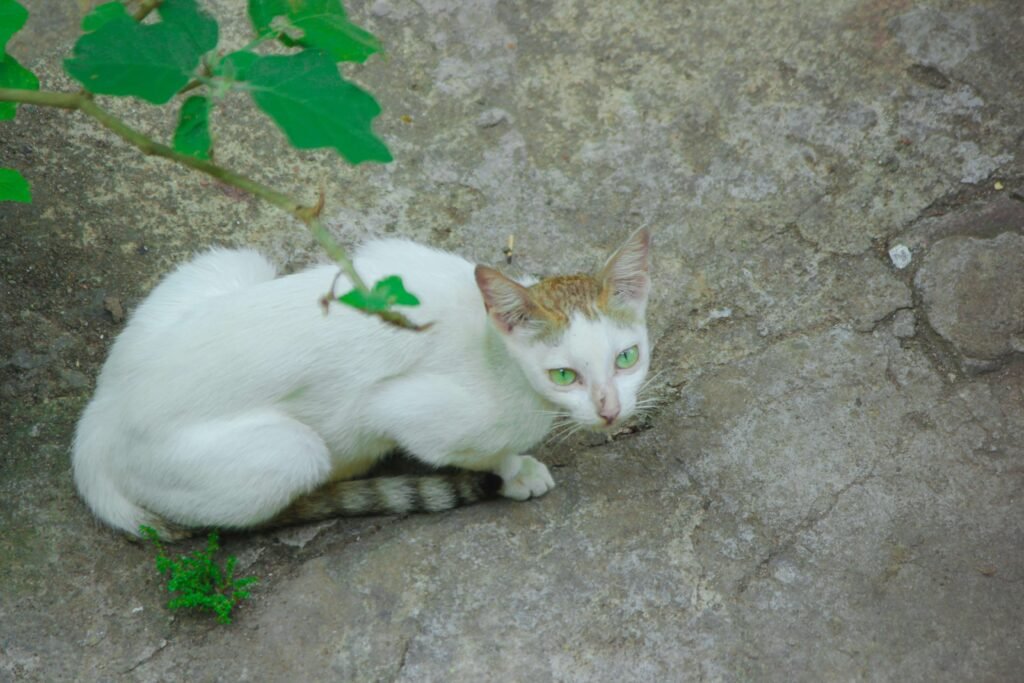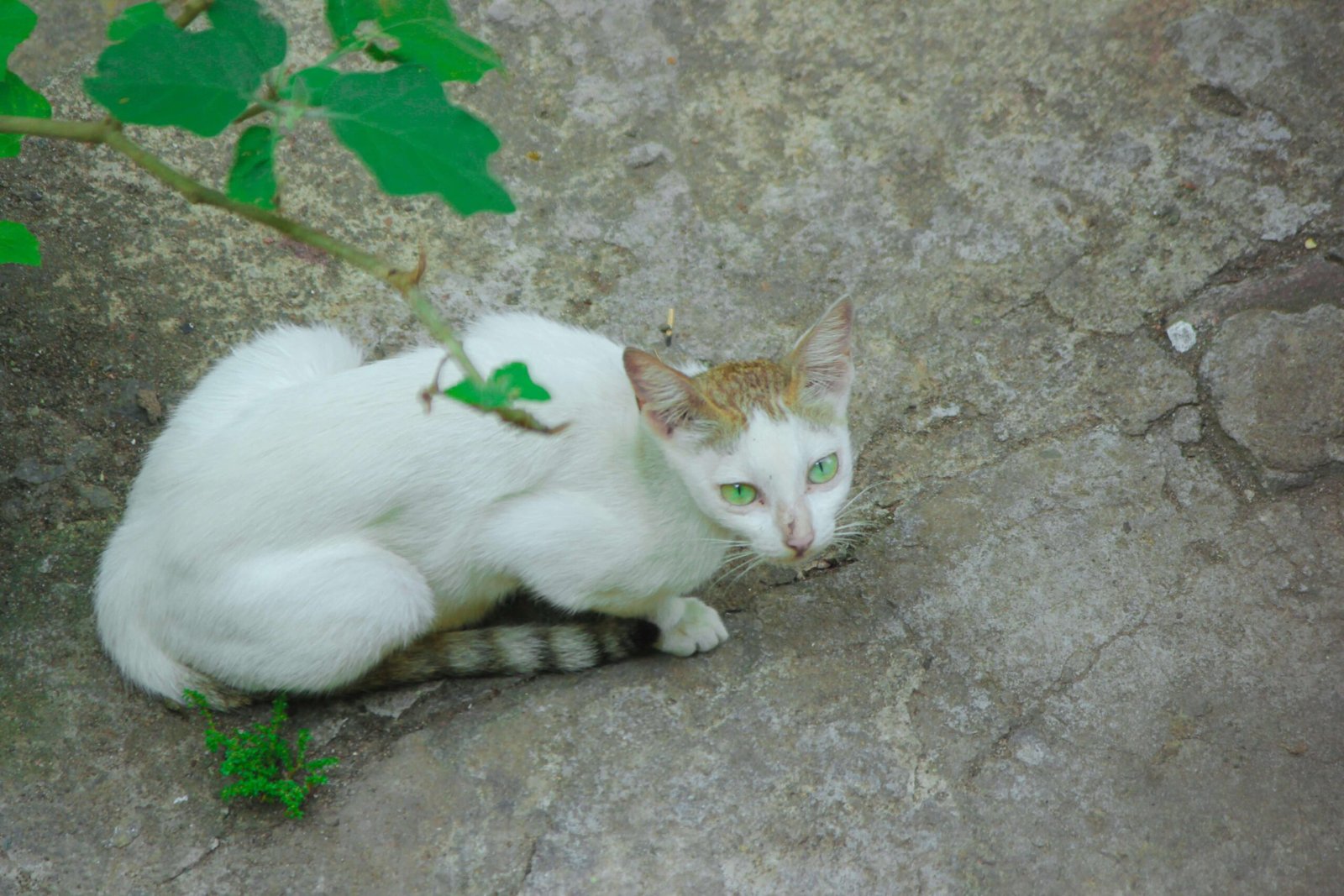Why Do Cats Run After They Poop? Decoding This Quirky Behavior
Cats are known for their mysterious and often quirky behaviors, but one peculiar habit that leaves many cat owners scratching their heads is the infamous “zoomies” after a bathroom break. You know the scene: your feline friend calmly uses the litter box, only to bolt out of it like they’ve just been startled by an invisible predator. But why do cats run after they poop? Is it a sign of distress, a natural instinct, or simply a weird quirk of being a cat? In this blog post, we’ll dive deep into the reasons behind this behavior, explore the science and psychology behind it, and provide insights to help you better understand your furry companion.
The Science Behind the Zoomies: What’s Going On?
To understand why cats run after pooping, we need to look at both their biology and instincts. While it may seem random, there are several key factors at play. Below, we’ve broken down the most common explanations for this behavior:
The Gastrocolic Reflex:
This reflex triggers the digestive system to signal the body to move after eliminating waste. For cats, this can result in a burst of energy as their body transitions from a relaxed state to an active one.Survival Instincts:
In the wild, cats are both predators and prey. Leaving behind waste could attract predators, so running away quickly after pooping helps them avoid potential threats.Relief and Energy Release:
Pooping can be physically demanding for some cats, especially if they’re constipated or have had a large bowel movement. The act of relieving themselves might lead to a sudden surge of energy.Territorial Marking:
Cats are territorial creatures, and their waste carries scent markers. Running away after pooping could be a way to distance themselves from their own scent signals.Playful Nature:
Some cats simply use the opportunity to engage in playful behavior. The zoomies might not be linked to pooping itself but rather their naturally energetic disposition.
Understanding these factors can help demystify why your cat suddenly sprints after using the litter box. Whether it’s biology, instincts, or just plain fun, this behavior is generally harmless and quite normal.
Signs Your Cat’s Post-Poop Sprint Could Be a Problem
While running after pooping is usually normal, there are times when this behavior might indicate an underlying issue. Here are some signs to watch out for:
Excessive Vocalization:
If your cat meows loudly or seems distressed before, during, or after pooping, it could be a sign of discomfort or pain.Changes in Litter Box Habits:
Avoiding the litter box, straining to poop, or leaving messy deposits could point to digestive issues or urinary tract problems.Frequent Zoomies Without Pooping:
If your cat runs around frantically but hasn’t actually used the litter box, they may be experiencing anxiety or stress.Physical Signs of Discomfort:
Look for symptoms like vomiting, diarrhea, or blood in their stool, which could indicate a medical condition requiring veterinary attention.Aggressive Behavior:
If your cat becomes unusually aggressive or withdrawn after pooping, it could be a sign of emotional distress or physical discomfort.
If you notice any of these signs, it’s important to consult a veterinarian to rule out health concerns. While occasional zoomies are normal, persistent changes in behavior should never be ignored.
Check this guide 👉Understanding Cat Pooping Blood: Best 7 Health Tips!
Check this guide 👉Why Is My Cat Pooping Outside the Litter Box? Best 7 Tips!
Check this guide 👉Why Did My Cat Poop on My Bed? Best 7 Expert Behavior Tips!

Reasons Cats Run After Pooping | What You Can Do |
|---|---|
Natural survival instincts | Provide a safe, quiet space for your cat to use the litter box. |
Relief and energy release | Encourage playtime to burn off excess energy. |
Territorial marking | Clean the litter box regularly to minimize scent buildup. |
Playful behavior | Redirect their energy with toys or interactive games. |
Digestive discomfort | Monitor their diet and consult a vet if needed. |
How to Manage Your Cat’s Post-Poop Zoomies
If your cat’s post-poop sprinting is causing chaos in your home, don’t worry—there are ways to manage this behavior while respecting their natural instincts. Here are some tips to consider:
Create a Calm Environment:
Ensure the litter box is placed in a quiet, low-traffic area where your cat feels safe and secure.Establish a Routine:
Cats thrive on routine. Try feeding them and cleaning the litter box at the same time every day to reduce stress.Provide Mental Stimulation:
Engage your cat with puzzle toys or interactive play sessions to keep their mind sharp and energy levels balanced.Monitor Their Diet:
A healthy diet can prevent digestive issues that might contribute to erratic behavior. Consult your vet for dietary recommendations.Redirect Their Energy:
Keep toys nearby to distract your cat if they start sprinting. Teaching them to chase a laser pointer or feather wand can redirect their focus.
By implementing these strategies, you can help your cat feel more comfortable while minimizing disruptions caused by their zoomies.
Fun Facts About Cats and Their Bathroom Habits
Cats’ bathroom habits are fascinating and full of surprises. Here are some intriguing facts about feline behavior related to pooping and beyond:
Cats Prefer Clean Spaces:
Unlike dogs, cats are meticulous groomers and prefer clean litter boxes. A dirty box might make them anxious or reluctant to use it.They Communicate Through Waste:
Cat poop contains pheromones that convey information about their health, diet, and even mood to other cats.Outdoor Cats Bury Their Waste:
In the wild, cats bury their poop to mask their presence from predators and competitors.Not All Cats Exhibit Zoomies:
While many cats run after pooping, others remain calm and composed. Each cat has its unique personality.Stress Can Affect Bathroom Behavior:
Changes in environment, such as moving homes or introducing new pets, can impact how and where your cat chooses to poop.
These fun facts highlight the complexity of feline behavior and remind us that our cats are truly remarkable creatures.
How Cats Communicate Through Body Language
Cats are masters of non-verbal communication, and their body language can reveal a lot about their mood and intentions. Understanding these subtle cues can help you better connect with your feline friend. Here are some key behaviors to look out for:
Tail Position:
A high, upright tail signals confidence and friendliness, while a puffed-up tail indicates fear or aggression.Ear Movements:
Forward-facing ears suggest curiosity or relaxation, while flattened ears signal defensiveness or irritation.Purring Sounds:
While purring often means contentment, it can also indicate stress or discomfort in certain situations.Slow Blinking:
A slow blink is a sign of trust and affection, often referred to as a “cat kiss.”Arching Their Back:
When cats arch their backs, they might be stretching, playing, or trying to appear larger to ward off threats.
By paying attention to these body language signals, you can gain deeper insights into your cat’s emotions and strengthen your bond with them.
Tips for Creating a Cat-Friendly Home Environment
Providing a safe and stimulating environment is essential for your cat’s well-being. Small changes can make a big difference in ensuring your cat feels comfortable and entertained. Consider the following tips:
Vertical Spaces:
Cats love to climb and observe their surroundings from above. Install shelves or cat trees to give them elevated perches.Hiding Spots:
Offer cozy hiding spaces like covered beds or cardboard boxes where your cat can retreat when they feel overwhelmed.Interactive Toys:
Rotate toys regularly to keep your cat engaged and prevent boredom. Puzzle feeders are great for mental stimulation.Window Perches:
Place a perch near a window so your cat can enjoy bird-watching or simply bask in natural sunlight.Safe Zones:
Designate quiet areas in your home where your cat won’t be disturbed by loud noises or unexpected visitors.
A cat-friendly home not only enhances your pet’s quality of life but also reduces stress-related behaviors like excessive zoomies or territorial marking.
Common Misconceptions About Cat Behavior
There are many myths surrounding cat behavior that can lead to misunderstandings between humans and their feline companions. Let’s debunk some of the most common misconceptions:
Cats Are Aloof:
Contrary to popular belief, cats form strong bonds with their owners and show affection in their own unique ways.Cats Always Land on Their Feet:
While cats have a remarkable righting reflex, falls from significant heights can still result in serious injuries.Indoor Cats Don’t Need Veterinary Care:
Even indoor cats require regular check-ups to monitor their health and prevent potential issues.Cats Hate Water:
Not all cats dislike water—some breeds, like the Turkish Van, actually enjoy swimming!Cats Only Purr When Happy:
Purring can also occur when cats are scared, sick, or seeking comfort, making it a multifaceted form of communication.
Dispelling these misconceptions allows us to appreciate our cats for who they truly are: complex, intelligent, and deeply individual creatures.
FAQ
Is it normal for my cat to run after pooping?
Yes, it’s completely normal. Many cats exhibit this behavior due to instincts, relief, or playful energy.
Should I be concerned if my cat doesn’t run after pooping?
No, not all cats display this behavior. As long as your cat is healthy and using the litter box normally, there’s no cause for concern.
How can I tell if my cat’s zoomies are a sign of distress?
Look for additional signs like vocalization, avoidance of the litter box, or physical symptoms like diarrhea or vomiting.
Can diet affect my cat’s bathroom behavior?
Absolutely. A poor diet can lead to digestive issues, which might influence their behavior after pooping.
How often should I clean my cat’s litter box?
Ideally, scoop the litter box daily and perform a thorough cleaning weekly to keep it fresh and appealing to your cat.
Embracing Your Cat’s Unique Personality
Every cat is unique, and their quirky behaviors—including the infamous post-poop sprint—are part of what makes them so endearing. By understanding the reasons behind this behavior and knowing when to seek professional advice, you can ensure your feline friend stays happy and healthy. Remember, whether they’re zooming around the house or lounging in a sunbeam, your cat’s antics are a testament to their incredible nature. So the next time you witness the zoomies, take a moment to appreciate the beauty of having such a fascinating companion by your side.
Canned Pumpkin for Cat Diarrhea: Best 7 Expert Tips! Natural remedy to firm stools, soothe upset bellies, and support gut health safely.
Can a Cat Give You Scabies? Best 7 Expert Tips! Discover the truth about feline mites, human skin risks, and how to protect yourself—without panic.
Cat Flea vs Human Flea: Best 7 Expert Tips! Discover the truth about bites, species, and how to eliminate infestations for good.
Weird Cat Behaviors: Best 7 Expert Tips! Discover why cats do strange things—and how to understand, not punish, their instincts for a happier home.





